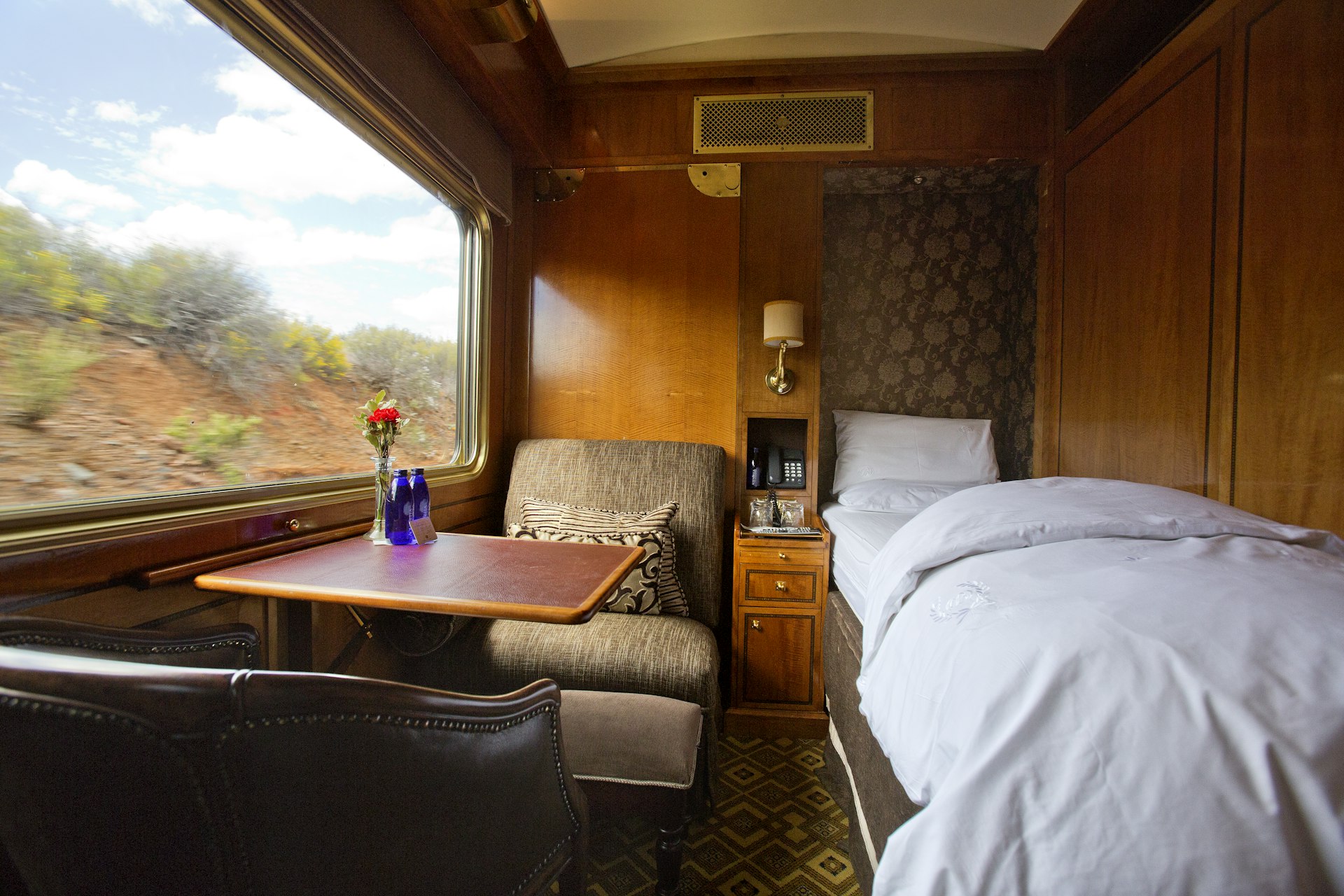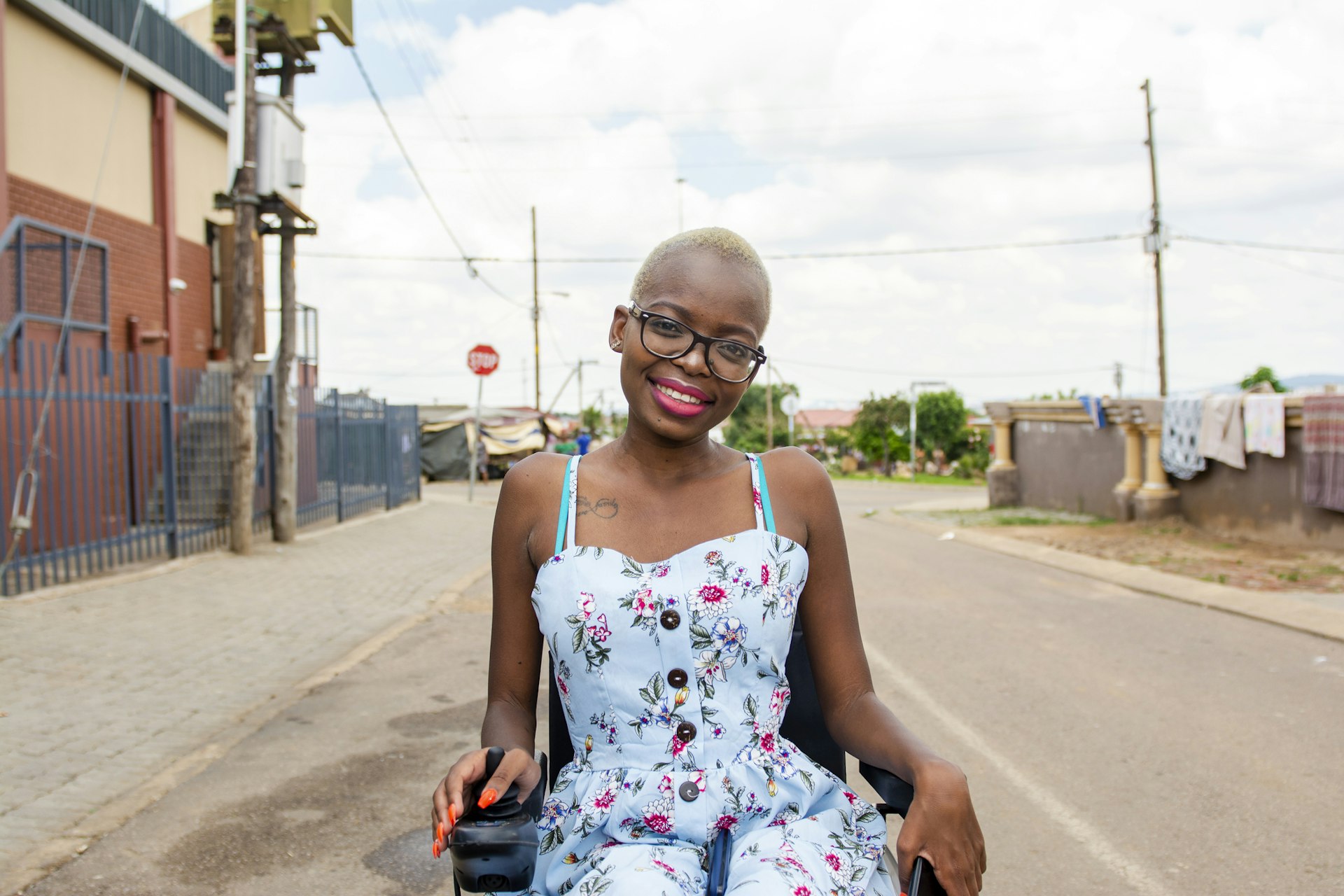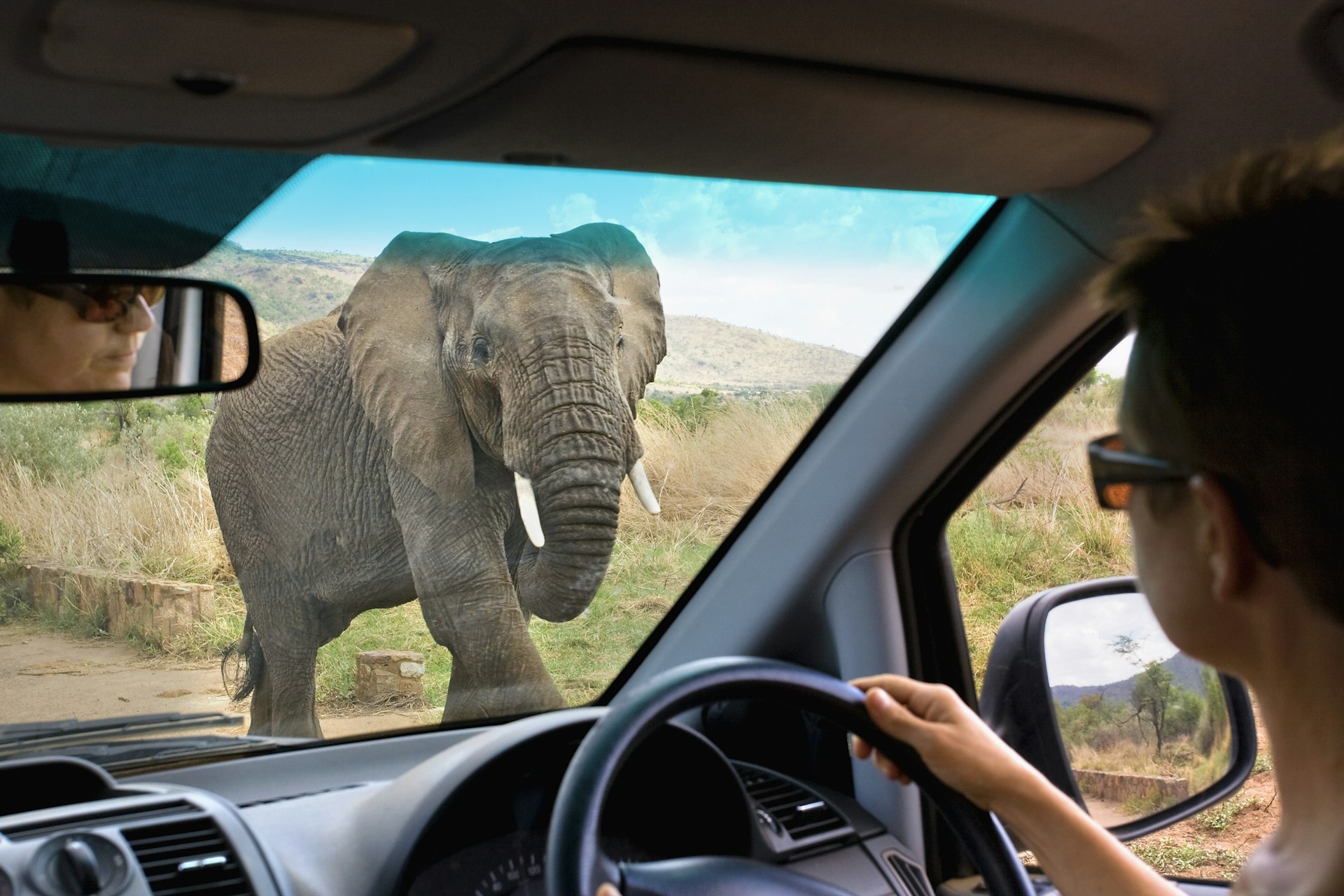South Africa is the ninth-biggest country in Africa and figuring out how to get around efficiently takes some serious thought and planning.
How do you move between bustling cities and epic countryside safely, quickly and cost effectively without damaging the environment as you go?
Whether you’re going by rail, road or air, here’s everything you need to know about getting around South Africa.
Travel by plane if you’re short on time
South Africa is almost five times the size of England and twice the size of Texas, so it can be worth taking to the air if you have a lot of ground to cover in a limited time.
South Africa’s main cities are well connected by convenient flights. The domestic airline with the most extensive network is Airlink, which flies through 17 South African airports, along with others in southern and central Africa. FlySafair is also reliable and recommended but reaches less than a dozen destinations.
If you have time constraints, flying is the best – though least climate-friendly – option for getting around South Africa. However, airports are often a considerable distance from the city, and it’s worth remembering that you will incur costs and travel time getting into the city center.
Almost every city and town is connected by bus
Greyhound pulled out of South Africa in February 2021 after nearly four decades of service, so Intercape and TransLux are now the major options for travelers moving between cities in South Africa. Both of these networks have efficient online booking systems and between them, they connect almost every city and town in the country with safe, comfortable and affordable vehicles. All long-distance coaches are equipped with air-conditioning and toilets.
Tickets vary according to distance and route, but figure on paying roughly R54 for each hour of traveling. In high season, specifically during the school Christmas holidays, prices can rise by as much as 30%.
Renting a car will get you into wilderness areas and national parks
Public transport in South Africa is limited when it comes to remote, rural communities and almost nonexistent if you want to explore the wilderness and the all-important national parks and reserves. If you want to experience the thrill and charm of backcountry South Africa, you’ll need your own wheels.
The entire country is networked by top-quality and beautifully scenic roads, along with enough endless stretches of gravel top to appeal to any adventurous road-tripper. There are several reliable and relatively inexpensive car rental companies, including Avis, Hertz and Tempest Car Hire. If you’re traveling in a group, car rental often turns out to be the most affordable option, with rates starting around R540 per day. Prices are usually lower if you book in advance rather than upon arrival at the airport.
Bear in mind that many parks – specifically Kruger National Park and Addo Elephant National Park – have such excellent road infrastructure that a 4×4 is not necessary and, as long as you confine yourself to the tarmac routes, you can get around even in a small hatchback.
If you’re driving in a Big Five country, do some research regarding etiquette and safety precautions, especially in dealing with elephants. An environmentally sound 4×4 rental company is Tread Lite, which offers affordable, compact and delightfully quirky Suzuki Jimnys with all the necessary camping kit for a price tag of around R1547 per day, depending on the time of year and length of your stay. Tread Lite is also an absolute mine of information when planning your route.

Tour buses provide affordable, flexible travel in South Africa
Aimed at backpackers, Bazbus is a perfect option for solo travelers looking for a more sociable mode of transport. The hop-on-hop-off travel pass means that you can take as long as you want to go from A to B.
For example, a one-way hop-on-hop-off ticket between Cape Town and Port Elizabeth starts around R4700 and passes through the coastal highlights of the Garden Route, while an eight-day Bazbus travel pass lets you hop off and on as many times as you want in any direction for R4600. The company even offers a three-day all-inclusive Kruger safari from R12,200 per person.
Highly recommended, Oasis Overland offers a 17-day trip from Cape Town to Jo’burg that takes in most of the main sights, including Addo, Royal Natal National Park and even a visit to the mountain kingdom of Lesotho, for about R29,050. If you want to make South Africa part of a once-in-a-lifetime African trip, look into the 93-day Grand Adventurer trip from Nairobi to Johannesburg.

Trains in South Africa run from basic to luxury
If you’re not in a hurry, the train is often the most pleasant way of getting around South Africa. You can settle in for a relaxing overnight journey, watching the countryside slip past and chatting to fellow passengers. Sadly the tourist-class Shosholoza Meyl sleeper service is still not back to its pre-Covid operations but there are other options available with an unfortunately heftier price tag.
The Blue Train raises comfort levels to sumptuous extremes: you’re expected to dress formally for dinner, and the price tag can run to R67,715 for a trip from Pretoria to Cape Town. Meanwhile, on the luxurious Rovos Rail service, the four-day 1600km (994-mile) journey between Pretoria and Cape Town costs from R31,700, and you can carry on all the way to Victoria Falls in Zimbabwe for an extra charge.
Local taxis or minibuses are another inexpensive option
Be aware that in South Africa the word “taxi” is most commonly applied to the privately owned minibuses that connect virtually every town and village in the country. Often overloaded and dangerously driven, it is a mode of transport avoided by most people with sufficient funds to use another option.
If you decide to give it a shot, know that you won’t have much room for luggage, the schedules are rarely set and you’ll have to ask around to find out where to wait.
Hired taxis (normal sedans or hatchbacks) run in the major cities only, but the ubiquitous ride-sharing app Uber is a convenient, secure and reliable service that you can count on in most parts of the country.

Accessible transportation in South Africa
For travelers with mobility issues, South Africa might just be the easiest country on the continent to get around. Facilities include boardwalks and braille signage at the most developed national parks and reserves. Wheelchair users have easy access in getting around city centers, especially in Cape Town and Johannesburg.
Avis and Budget are the nationwide rental companies that supply vehicles with hydraulic lifts and wheelchair restraints. Disabled Travel is a great resource for listings, compiled by an occupational therapist, detailing a vast range of accommodations and resources for travelers with disabilities.
Durban-based Access 2 Africa Safaris runs everything from day trips to 12-day tours taking in Zululand, Kruger and eSwatini (formerly Swaziland). Travel with Renè is a fantastic tour operator that runs a range of exciting tours, including whale-watching and winelands tours, in the Cape area. Renè, a Black woman who became quadriplegic as a result of a motor accident in 1995, has a vehicle that can take six passengers, including three wheelchairs at a time.
South African National Parks has produced the Comprehensive Guide to Universal Access in South African National Parks for Guests with Disabilities, an excellent 24-page PDF.
Find more accessible travel information by downloading Lonely Planet’s free Accessible Travel eBook.
